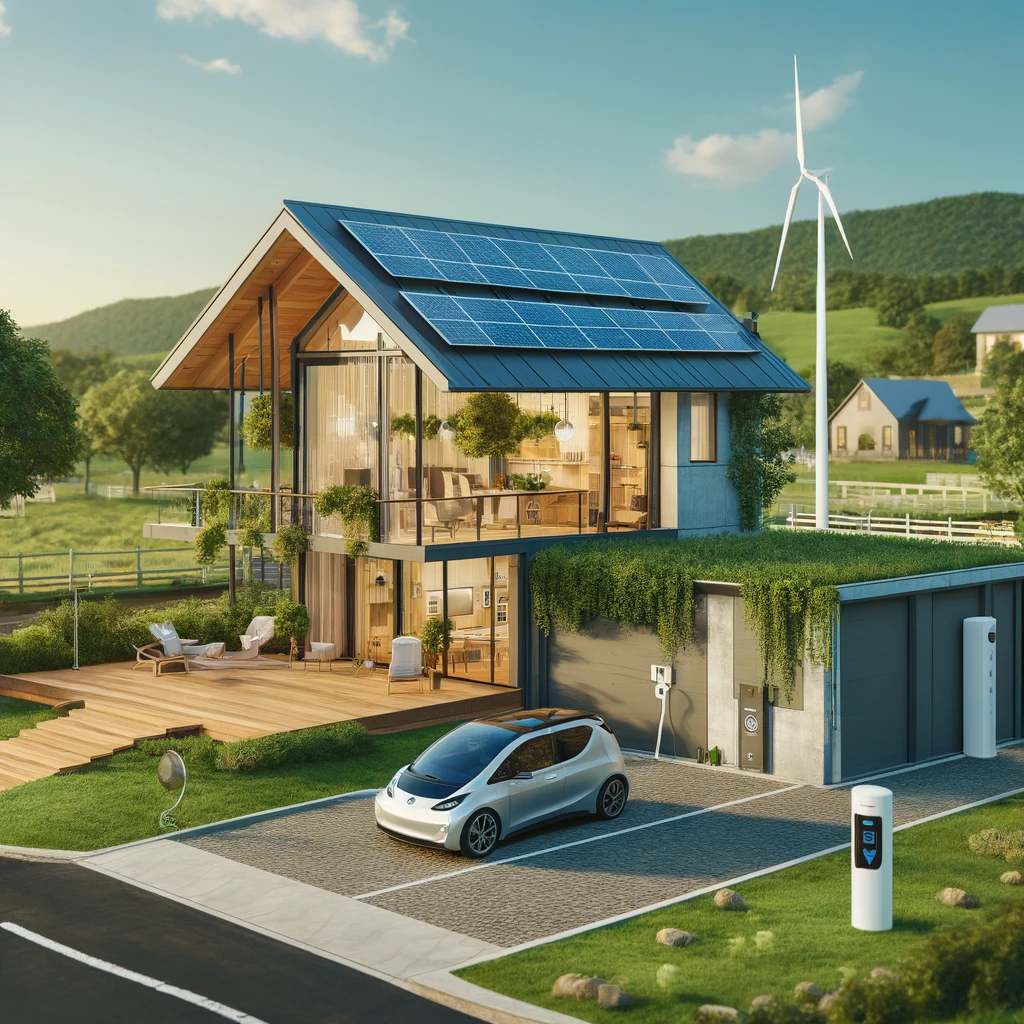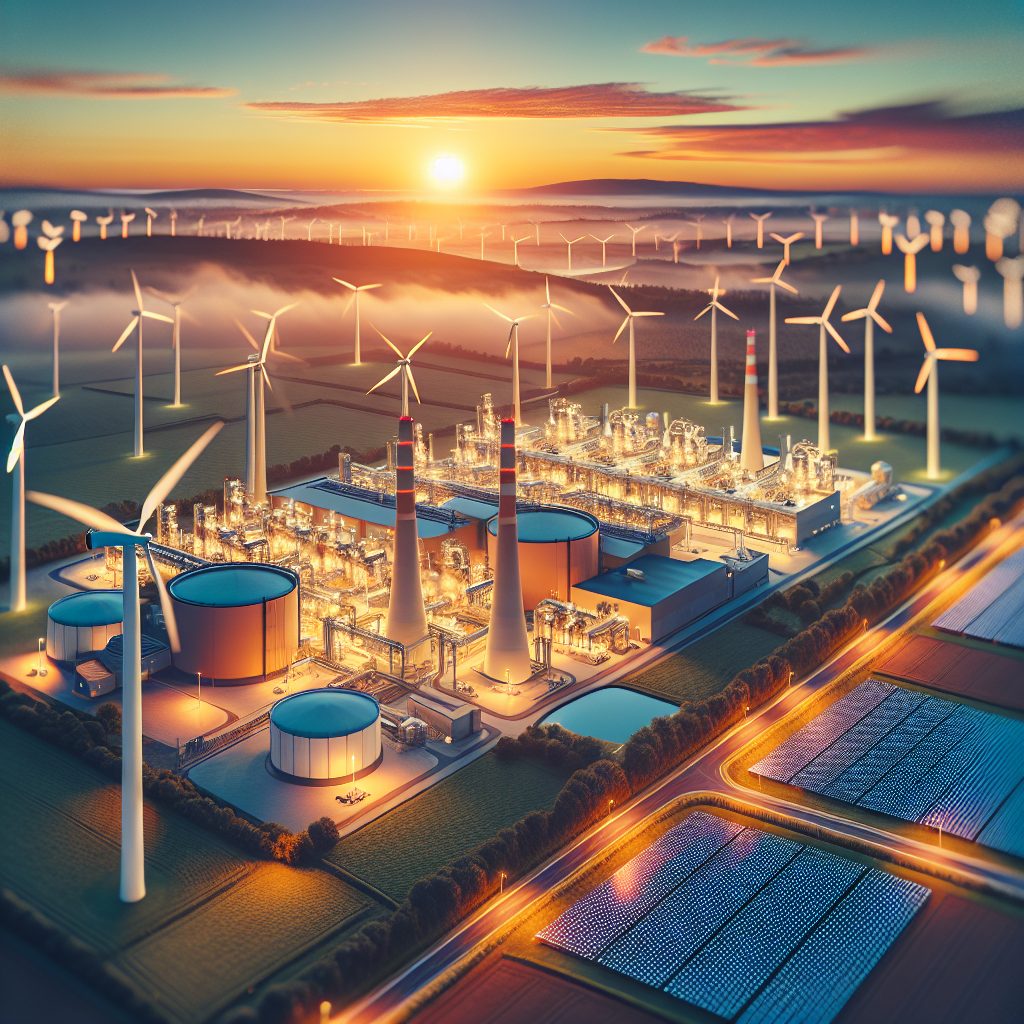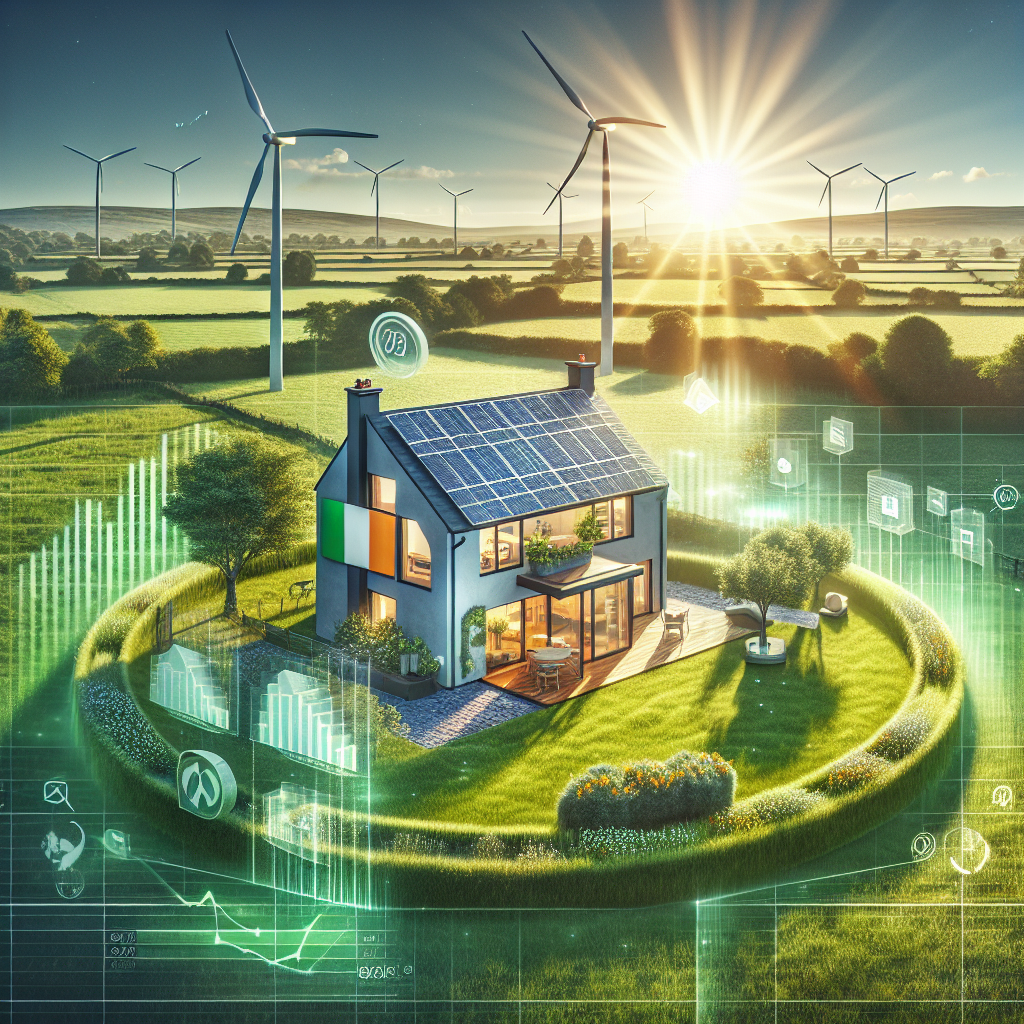Ireland is experiencing a significant increase in solar panel installations, with an average of 65 homes being fitted with solar panels each day. This surge is largely driven by the zero VAT incentive and the ability for homeowners to sell excess energy back to the grid.
According to the 2024 Scale of Solar report from the Irish Solar Energy Association (ISEA), Ireland has seen a nearly 43% increase in its solar power generation capacity. The country now boasts a total solar capacity of 1,185MW, with 373MW coming from domestic rooftops. This domestic capacity alone is sufficient to power 125,000 kettles simultaneously. Overall, the 1,185MW of solar-generated capacity can meet the annual electricity needs of 248,000 homes and reduce Ireland’s carbon emissions by 270,000 tonnes.
The ISEA highlighted the growing importance of solar energy in Ireland’s electricity generation landscape. Environment and Climate Minister Eamon Ryan praised the progress, stating, “The scale of solar generation already achieved in just two short years shows what can be delivered when society, government, and industry work together. We will fully decarbonise our electricity system in the next 10 to 15 years, with solar being a fundamental, predictable part of the electricity system.”
Ireland has set an ambitious target to achieve 8GW of solar capacity by 2030. The recent findings indicate that the country is making significant strides towards this goal, demonstrating remarkable progress in a short period.
In the past year alone, electricity generated from rooftop solar panels in homes increased by nearly 80%, reaching 373MW. Large solar farms contributed 594MW, up from 349MW in 2023. Additionally, MiniGeneration installations, typically used by businesses and farms, reached 26MW, a more than five-fold increase from 5MW in 2023.
ISEA Chief Executive Conall Bolger remarked, “Solar is having a transformative impact on electricity production in Ireland. Just two years after the first solar farm was energised here, there are now 13 on the grid, supplying a capacity of 594MW, with many more under construction or waiting to be connected. One of the largest growth areas is from individual householders investing in rooftop solar panels. The fact that this has reached 373MW is a testament to the Irish people’s commitment to climate action.”
On the longest day of the year, with over 17 hours of daylight, more than 94,000 homes benefited from solar energy. The average of 65 homes installing panels daily is a reflection of the zero VAT incentive and the automatic export of unused electricity to the grid, which energy companies must “buy back.”
Conall Bolger also highlighted the potential for growth in mini-generation and small-scale generation, noting that businesses and farmers can benefit financially while contributing to green electricity generation.
ESB Networks CEO Nicholas Tarrant expressed enthusiasm about the progress, stating, “As we approach midsummer’s day, ESB Networks is delighted to announce that almost 1,200MW of solar generation has been connected to our network. By the end of 2024, ESB Networks forecasts that almost 1,600MW of solar will be connected, from domestic rooftops to large utility-scale solar projects. This makes the solar industry Ireland’s fastest-growing renewable power source, helping Ireland deliver its Climate Action Plan targets.”
The rapid expansion of solar energy in Ireland underscores the nation’s commitment to renewable energy and its efforts to combat climate change. With continued collaboration between society, government, and industry, Ireland is well on its way to achieving its ambitious solar energy goals.







